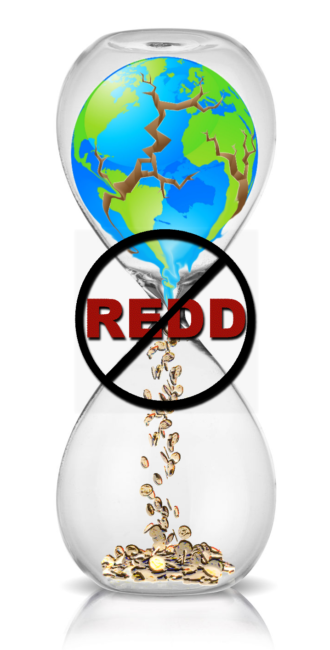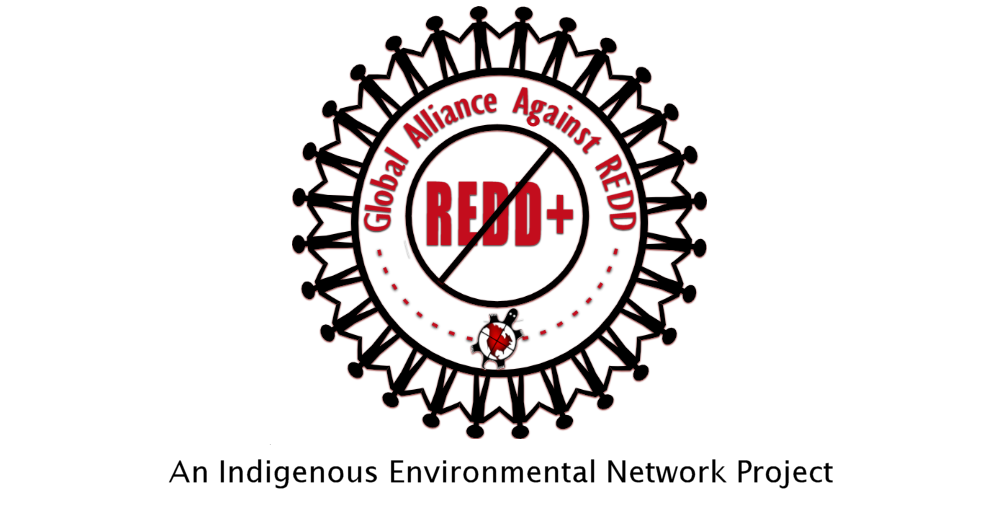 In July 2017, California voted to extend its cap-and-trade scheme until 2030. Some environmental groups and the oil and gas industry support the legislation. Environmental justice groups oppose it. This post summarises some of the responses to the continuation of cap-and-trade in California.
In July 2017, California voted to extend its cap-and-trade scheme until 2030. Some environmental groups and the oil and gas industry support the legislation. Environmental justice groups oppose it. This post summarises some of the responses to the continuation of cap-and-trade in California.
Carbon trading is no solution
Dr. Michael Dorsey and Jane Williams write that “Pollution trading will never be the climate solution for California — or anywhere”. They point to the more than a dozen major banks that have closed their carbon trading desks. They write that,
Carbon trading was born with one foot in the grave and another on the banana peel. Gov. Brown’s championing free-market claims of the efficacy of cap-and-trade are a hair removed from the “voodoo economics” of the Reagan-era.
Nowhere on earth — not in the largest market (the EU ETS), nor in the smaller regional markets from the New England Regional Greenhouse Initiative (RGGI) market to the California cap-and-trade market to the newly minted Chinese market — has the carbon price ever been sufficiently high enough to drive the technological innovation to fully stop carbon pollution.
The climate science is clear, Dorsey and Williams write. We have to reduce emissions from all sources as soon as possible, especially fossil fuels. “AB 398 completely ignores the consensus scientific mandate to keep fossil fuels in the ground.” Instead it relies on the fallacy that emissions can be offset.
Against environmental justice
California Environmental Justice Alliance directors, Strela Cervas and Amy Vanderwarker, look in detail at the implications of AB 398 from an environmental justice perspective. CEJA works with low-income communities and communities of colour, who live next to California’s largest sources of greenhouse gas emissions and other pollutants: refineries and power plants.
CEJA pushed for legislation that would have required California to reduce emissions directly rather than relying on a market-based cap-and-trade mechanism. In addition to being the most direct way of reducing greenhouse gas emissions, the legislation would have also improved local air quality in communities living on the frontlines of pollution.
Cervas and Vanderwarker write that AB 398 fails to meet any of the desired environmental justice outcomes. They highlight three major problems with AB 398:
- Regulatory rollbacks: Local air districts are prevented from enacting CO2 regulations on pollution sources covered by cap-and-trade. And the California Air Resources Board is prevented from enacting new regulations on oil and gas production facilities that would reduce greenhouse gas emissions.
- Making it more difficult to achieve 2030 greenhouse gas emission reduction goals: AB 398 aims to make it as cheap as possible for industry to comply, through offsets, price reductions in the cap-and-trade market, and locking in free allowances. AB 398 fails to address the over-allocation of allowances, which keeps prices low, and helps avoid emissions reductions because industry can buy up cheap allowances.
- Undermining climate revenues: A higher price of carbon might drive businesses to change. AB 398 “does nothing to help with that”, Cervas and Vanderwarker write. The bill includes tax breaks and a fee repeal that will reduce investments by about US$300-500 million per year.
Cervas and Vanderwarker conclude that,
In the coming years, CEJA, our members and partners will be working to minimize the negative impacts of these provisions. We will continue our fight for equitable climate policy, and hope that legislative offices, agencies and environmental organizations join our effort.
Millions of oily dollars behind cap-and-trade
Anne C. Mulkern writes on E&E News that business spent millions lobbying for the continuation of cap-and-trade in California:
At least seven oil companies and the petroleum trade group Western States Petroleum Association (WSPA) together doled out more than $34 million to persuasion efforts from 2015 through the first quarter of this year. The parent companies of the three biggest investor-owned electric utilities spent a combined $9.1 million. Four agriculture groups bankrolled nearly $1.6 million.
Two days after Governor Jerry Brown signed AB 398, the California Air Resources Board approved a resolution 17-21. Writing on the website CALmatters, Julie Cart and Laurel Rosenhall note that a paragraph tucked away in this resolution “will likely result in benefits worth hundreds of millions of dollars for the oil and agriculture industries”. They write that,
The deal would provide maximum compensation to companies for the extra cost of doing business in a state with the nation’s toughest emissions standards. But some critics say it merely gives a lucrative financial leg-up to polluting firms that don’t need it—and by removing some of those firms’ incentives to reduce greenhouse gas emissions, could even undermine cap and trade’s prime goal.
Environmental racism
Michelle Chan, Vice President of Programs at Friends of the Earth US, describes California’s climate bill as “a huge blow to the cause of environmental justice worldwide”.
In Richmond, California, Chevron plans a major refinery expansion to process tar sands crude. For several years, environmental justice activists have been campaigning against the expansion. They fought for the regional air pollution regulator, the Bay Area Air Quality Management District (BAAQMD), to establish a refinery-based cap on pollution, including greenhouse gases.
In May 2017, BAAQMD approved a motion to finalise a refinery pollution cap – the world’s strongest and most ambitious. Public health experts estimate that the cap could prevent between 800 and 3,000 deaths over 40 years.
Chevron killed the pollution cap through the cap-and-trade bill AB 398, which prevents local air quality agencies from establishing rules limiting greenhouse gases. This was one of the items on the Western States Petroleum Association’s wishlist for California’s climate legislation.
In Richmond, 80% of the people living within 1.6 kilometres of Chevron’s refinery are people of colour. The vast majority of the people that Chevron’s increased pollution will kill, will be people of colour. And that’s exactly what environmental racism looks like.
Source: REDD Monitor: http://www.redd-monitor.org/2017/08/18/environmental-racism-and-cap-and-trade-in-california/
Full disclosure: This post is part of a series of posts and interviews about California’s cap-and-trade scheme, with funding from Friends of the Earth US. Click here for all of REDD-Monitor’s funding sources.
